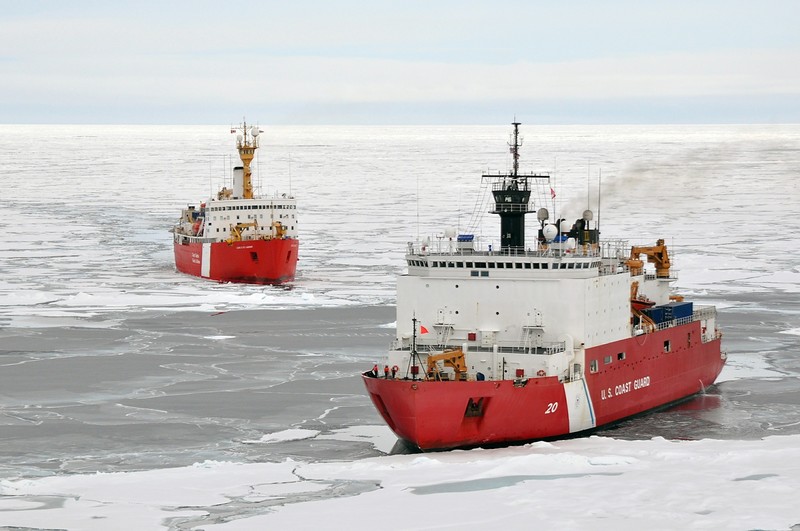Speaking at the IUMI conference today, Stein Are Hansen, head of department, loss prevention and emergency response, Norwegian Hull Club, Bergen, and board member of Norway based search and rescue research project SARiNOR gave a stark insight into some of the risks facing ships in the Arctic.
Activity in the Arctic is growing quickly. Last year there were 71 transit voyages in the region, a significant increase over previous years. There were also over 11,000 flights over the Arctic in 2012.
However, there is still a lack of resources to cope with search and rescue operations, and environmental cleanups.
Hansen commented: "Humans make mistakes. Have we really thought about the risks in the Arctic? From the Clipper Adventurer to the Titanic, there have been huge accidents in the Arctic. You can prepare yourself to death but are we prepared for waking up to seeing oil on a polar bear on the front page of the New York Times?"
Describing some of the issues, he said: "There are few search and rescue capabilities in the Arctic. We will soon be responsible for rescuing people up to the North Pole. We need more training and sophisticated equipment to help deal with the potential disasters. For example, fuel stations for helicopters."
To help sure up safety around the North and South Pole, IUMI has been heavily involved with working on the Polar Code. The Polar Code covers the full range of design, construction, equipment, operational, training, search and rescue and environmental protection matters relevant to ships operating in the inhospitable waters surrounding both the South and North poles.
The Polar Code, which will become mandatory for SOLAS countries and is close to being finalised by the International Maritime Organisation, will come up for discussion again in November 2014 at the next meeting of the IMO Maritime Safety Committee.

